Search Papers
9 papers
ASSESSING THE SUSTAINABILITY OF URBAN LAND USE IN PLEIKU CITY, GIA LAI PROVINCE
Nguyen Ninh Hai, Nguyen Thi Lan Thuong, Nguyen Thi Ly, Nguyen Thi Ha, Truong Quoc Minh
Sustainability in land use plays an important role in the urbanization process toward achieving the goals of the 2030 Agenda for Sustainable Development. This study integrates Earth observation data through satellite imagery analysis combined with field surveys to assess the Urban Land Use Efficiency (ULUE) by using the land use efficiency index, estimates the relationship between land use, population growth, and the urbanization process in Thang Loi ward over a 20-year period. The findings reveal inefficient urban land use, where the expansion rate of built-up areas exceeds the population growth rate in the studied area. From 2002 to 2022, the population and built-up area increased by 339% and 460%, respectively. In most of the expanding areas, there is widespread hoarding and fragmentation of land use, with numerous plots of land being vacant or underutilized for many years due to lack of control. Therefore, to improve land productivity and ensure sustainable urban growth, the local government should consider improving the Urban Land Use Efficiency Index.
READING STRATEGIES USED BY ENGLISH-MAJORED STUDENTS AT THU DAU MOT UNIVERSITY
Nguyen Thi Kieu Huong, Ngo Huong Hoa
In the accelerating pace of globalization and internationalization of trade, professionals from a wide range of organizations believed that English as an international language, which is a way of thinking, researching and practicing, was used in almost all areas of life, study, and work. That’s why the study's foremost objectives were to comprehend reading learning strategies used by English-majored students at Thu Dau Mot University.
A quantitative method was used to conduct the research with a questionnaire divided into four parts. The subjects of this study are 100 English majors from the Faculty of Foreign Languages at Thu Dau Mot University. According to the results, the majority of students agree with the difficulties faced when learning English reading. Likewise, students also subscribe that they also use some reading learning strategies such as extensive reading strategy, the phonics strategy, the whole language strategy, reading comprehension strategy and vocabulary building strategy.
Moreover, some solutions, such as the function of the word in the sentence, the main gist, guessing the unfamiliar word and reading aloud are recommended to them to read more effectively and improve their reading ability. Ultimately, some recommendations are made in the hope of helping both teachers and students.
Keywords: challenges, English reading, reading learning strategies, Thu Dau Mot University
RESEARCH AND PROPOSE SPECIFIC POLICIES TO SERVE ECONOMIC AND SOCIAL DEVELOPMENT IN BINH DUONG PROVINCE
Pham Van Thinh, Nguyen Van Hiep
Implementing specific mechanisms and policies to develop the economy and society in certain localities is an innovative step in the legislative process in Vietnam. This initiative has timely addressed practical issues, helping localities overcome many difficulties and obstacles in legal documents, harnessing advantages, mobilizing resources, accelerating economic and social development, and achieving significant results. Binh Duong Province has recently experienced a period of strong industrial growth but faces some sustainability challenges. In the planning for economic and social development, Binh Duong needs to research specific mechanisms and policies in several areas, such as developing industry linked with innovation, transforming the workforce, investing in high-quality education, and managing and synchronizing urban planning and development. The specific mechanisms and policies for Binh Duong should aim to address national issues by overcoming the middle-income trap, making it the first locality in Vietnam to achieve high income.
Analysing Energy and Environmental Performance of a Residential Grid-Connected Photovoltaic System in Thu Dau Mot City, Vietnam
Nguyen Ba Thanh, Nguyen Phuong Tra
The electricity obtained from the photovoltaic (PV) system highly depends on various factors such as geographical location, solar radiation, weather conditions and orientation of solar panels. The electricity produced by the solar PV system can be assessed by using simulations. This paper presents a technical feasibility assessment of a 10 kWp rooftop solar PV system for a household in Thu Dau Mot City, Vietnam. The study presents the amount of electricity produced, the performance of the PV system and the system potential to reduce CO2 emissions into the environment. The designing and evaluating of the system performance is done by PV*SOL, PVsyst and PVGIS software. The project provides useful information for the pre-feasibility assessment phase of a residential solar PV project in Vietnam.
Mapping and distribution of noise using IDW interpolation algorithm in Thuan An city, Binh Duong province
Bui Pham Phuong Thanh, Nguyen Thi Xuan Hanh
The study is conducted to assess the level of noise pollution from traffic activities in urban areas (in the case of Thuan An city, Binh Duong province) with the specific goal of applying geographic information systems. (GIS) in building noise pollution distribution maps in the study area. The research team collected noise data at peak hours and normal hours on weekdays and weekends using noise meters at 61 survey points. Noise measurement data was then interpolated using IDW (Inverse Distance Weighting) method to assess the spatial distribution of noise in Thuan An city. In addition, the study digitizes traffic routes and special areas (hospitals, schools, churches - pagodas) in the study area to identify areas affected by sound noisy. The results show that the areas near the main road are most affected by noise during rush hour, while areas in the small lane are noise level within the permitted range. In addition, the results also show the difference in noise level and noise time between weekdays and weekends
Environmental Risk Assessment of Organic Pollution on Wastewater on Industrial Parks in Bien Hoa City
Tran Cong Hau, Nguyen Hien Than
Bien Hoa City is an urban area of Dong Nai province located in the Southern key economic region. Currently, Bien Hoa City has 6 industrial parks in operation with large daily wastewater flow, causing environmental risks, especially from organic pollutants. The study applied the Nemerow risk index and the geographic information systems (GIS). The results showed that the industrial parks were mainly organic pollution levels including N-total, P-total, and Ammonium. The level of environmental risk from organic pollution was recorded in range of medium to very high levels, the ranked in descending order: Agtex Long Binh Industrial Park (P = 24)> Amata Industrial Park (P = 16)> Bien Hoa 2 Industrial Park ( P = 10),> Tam Phuoc Industrial Park (P = 5)> Loteco Industrial Park (P = 3). The results of the study provided good information for the management and improvement of wastewater quality in the industrial wastewater treatment plants of the industrial parks in Bien Hoa City.
Leveraging the Youth to A Sustainable Development: A Case Study on A2i Innovation Lab
Tasnia Mahin Rafa, Dola kar, Nargis Islam, Mohammad Osman Gani
Youth in a nation is the most viable and potential human resource in both demographic and social structure. Without the youth's adequate and integrated bio-social development a nation cannot attain its anticipated human goals. Based on government initiative a2i, the empowerment of youth towards sustainable development in Bangladesh is described in this paper. Although the Bangladesh Government has formulated and implemented policies, plans and programs for youth welfare are still through GOs and NGOs. Related literature indicates that, regardless of all age and regions, young people in this country face several socio-cultural problems where they cannot grow and empower themselves adequately. As a result, they cannot play their important roles in sustainable development and changes within the country. To resolve the problems of the youth in relation to their development and empowerment, the Government of Bangladesh is developing and implementing some solutions. The case study focuses on the role of a2i for development of youth in the successful design of public development and sustainable development programs.
Study on design and fabrication of a prototype equipment used for corrosion inspection on petrochemical tank bottom by magnetic flux leakage method
Dang Quoc Trieu, Vuong Duc Phung, Bui Trong Duy, Tran Minh Tien, Lai Viet Hai, Tran Trong Hieu
Corrosion of the bottom of the petroleum tank may lead to a product leak that could cause a fire or explosion resulting in damage to people and the environment, therefore the test of tank bottom corrosion is necessary to be conducted periodically to prevent the occurrence of the above problems. In non-destructive inspection, the Magnetic Flux Leakage (MFL) method relies on the variation of fluxes caused by defects on the surface of materials to detect corrosion, pitting, or imperfections, which is proved quite effectively with low cost. The project was implemented to develop a prototype of the MFL bottom detection device based on the research results in the world to improve corrosion survey capacity in industrial equipment, as well as to improve the expertise in the Research Team of electronics and automation in the fields of magnetic fields and sensors. As a result, an MFL model using permanent magnets and Hall sensors were fabricated. Survey experiments showed that the machine could detect corrosion defects up to 20% of steel wall thickness in the scanning speed range from 500 mm/s to 1130 mm/s. However, to meet the actual survey needs, the team must continue to improve the device in terms of sensitivity, scanning speed, the ability to operate automatically or semi-automatically, and register for a fire safety inspection.
PHÁT TRIỂN CHƯƠNG TRÌNH ĐÀO TẠO THEO HƯỚNG TIẾP CẬN CDIO ĐỐI VỚI KHỐI KINH TẾ TẠI TRƯỜNG ĐẠI HỌC THỦ DẦU MỘT
Nguyễn Ngọc Mai
Khoa Kinh tế Trường Đại học Thủ Dầu Một đã áp dụng chương trình đào tạo theo đề xướng CDIO làm bối cảnh đào tạo sinh viên từ năm 2016. Khoa Kinh tế đã áp dụng CDIO trong việc phát triển chương trình đào tạo cho cả 6 chương trình; cụ thể là Quản trị kinh doanh, Kế toán, Tài chính ngân hàng, Quản lý công nghiệp, Logistic và quản lý chuỗi cung ứng, Du lịch. Trong quá trình xây dựng và phát triển chương trình đào tạo, chúng tôi đã thực hiện khảo sát các bên liên quan để xác định chuẩn đầu ra của chương trình đào tạo, thiết kế chương trình giảng dạy hoà hợp tích cực đem đến kết quả học tập mong đợi đáp ứng chuẩn đầu ra. Bên cạnh đó, tất cả các chương trình đều áp dụng dạy học phần Nhập môn ngành cho sinh viên năm nhất, nhằm giới thiệu cho sinh viên một cái nhìn tổng thể về ngành nghề mà mình theo học, để sinh viên được trải nghiệm thực tế ngay từ năm đầu tiên. Từ đó, giúp sinh viên có đam mê và nhiệt huyết đối với ngành nghề đã chọn. Sinh viên được trải nghiệm không gian khởi nghiệp và sáng tạo ngay tại trường. Bài viết giới thiệu việc áp dụng 12 tiêu chuẩn CDIO vào việc cải tiến chương trình đào tạo của khối ngành kinh tế.
Publication Information
Publisher
Thu Dau Mot University, Viet Nam
Honorary Editor-in-Chief and Chairman of the Editorial Board

Assoc. Prof. Nguyen Van Hiep
Deputy Editor-in-Chief

PhD. Trần Hạnh Minh Phương
Thu Dau Mot University
Thu Dau Mot University
Editorial Board
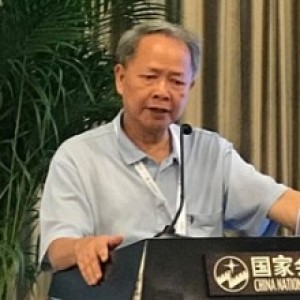
Prof. Tran Van Doan
Fujen University, Taiwan
Fujen University, Taiwan
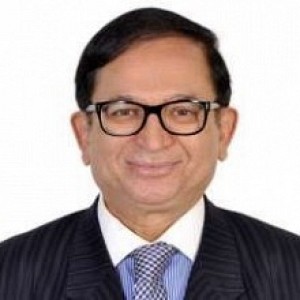
Prof. Zafar Uddin Ahmed
Vietnam National University Ho Chi Minh City
Vietnam National University Ho Chi Minh City

Prof.Dr. Phillip G.Cerny
The University of Manchester, United Kingdom
The University of Manchester, United Kingdom
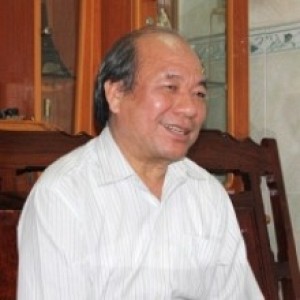
Prof. Ngo Van Le
University of Social Sciences and Humanities (VNU-HCM)
University of Social Sciences and Humanities (VNU-HCM)

Prof. Bui The Cuong
Southern Institute of Social Sciences
Southern Institute of Social Sciences
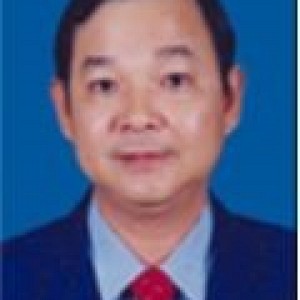
Prof. Le Quang Tri
Can Tho University
Can Tho University
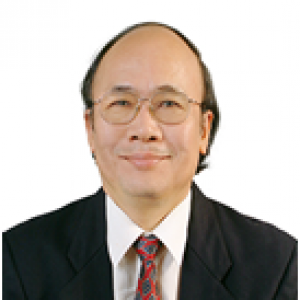
Assoc. Prof. Nguyen Van Duc
Animal Husbandry Association of Vietnam
Animal Husbandry Association of Vietnam

Assoc. Prof. Ted Yuchung Liu
National Pingtung University, Taiwan
National Pingtung University, Taiwan

PhD. Anita Doraisami
Economics Monash University, Australia
Economics Monash University, Australia

Prof. Dr. Andrew Seddon
Asia Pacific University of Technology & innovation (APU)
Asia Pacific University of Technology & innovation (APU)
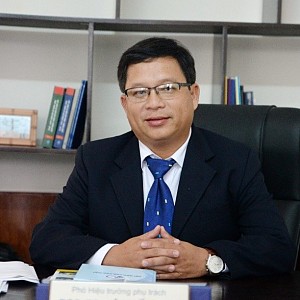
Assoc. Prof. Le Tuan Anh
Thu Dau Mot University
Thu Dau Mot University

Prof. Abtar Darshan Singh
Asia Pacific University, Malaysia
Asia Pacific University, Malaysia

Prof.Dr. Ron W.Edwards
The University of Melbourne, Australia
The University of Melbourne, Australia
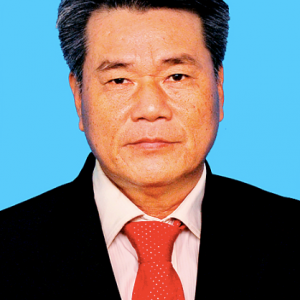
Assoc. Prof. Hoang Xuan Nien
Thu Dau Mot University
Thu Dau Mot University
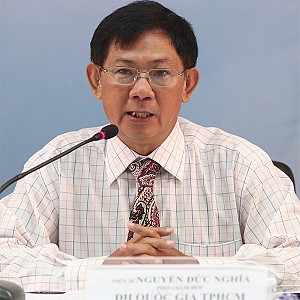
PhD. Nguyen Duc Nghia
Vietnam National University Ho Chi Minh City
Vietnam National University Ho Chi Minh City
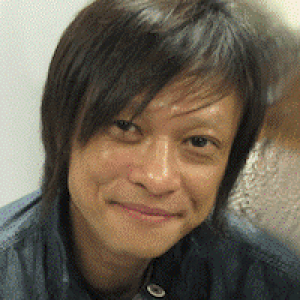
PhD. Bao Dat
Monash University (Australia)
Monash University (Australia)
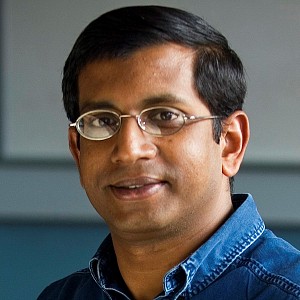
PhD. Raqib Chowdhury
Monash University (Australia)
Monash University (Australia)
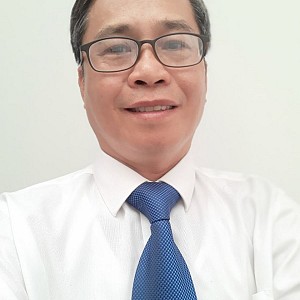
PhD. Nguyen Hoang Tuan
Thu Dau Mot University
Thu Dau Mot University

PhD. Nguyen Thi Lien Thuong
Thu Dau Mot University
Thu Dau Mot University
Assistant
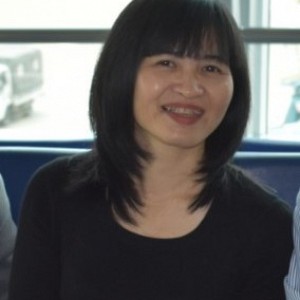
Nguyen Thi Man
Thu Dau Mot University
Thu Dau Mot University

